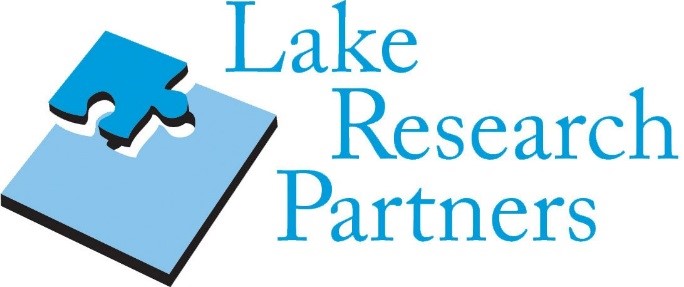Five Trends in Public Opinion

The American public is divided in its attitudes toward important national issues, and historic allegiances have shifted.
This post is part of our inaugural Trendspotting Series profiling important ideas that will be shaping some major fields of interest in 2017. Each piece represents the views of its author(s) and not the views of the Council.
1. AS POPULIST ECONOMICS RISES, DEMOCRATS HAVE LOST CREDIBILITY ON THE ECONOMY
The Election of 2016 proved that a populist economic message with a reform agenda can win elections. However, this time populist economics came from a less traditional source—the Republican party. Though the economy has grown under Obama, things have not improved for many Americans. Consequently, the Democratic party has lost credibility on this key issue. 55 percent of voters now believe that Republicans are better on the economy, while only 38 percent say Democrats are better. In November 2016, we saw this in action: among the 63 percent of voters who think the economy is not good or poor, Trump won by 32 points.
2. RACIST RHETORIC LEADS TO INCREASINGLY PARTISAN STANCES ON IMMIGRATION
In 1994, when Pew asked who agreed about immigrants being a burden on our country, there was only a two-point difference between Democrats and Republicans. By 2014, that difference widened to 19 points. Recently, the Trump campaign’s anti-immigrant sentiment and racist messaging have likely increased this divide. 81 percent of Trump supporters exhibit high levels of racial resentment, according to an analysis of American National Election Survey data. Almost four out of five Trump voters support a border wall, compared to just 10 percent of Clinton voters—and 41 percent of Americans support the wall. The strongest correlate of voting for Trump besides partisanship was being white, non-college educated, and living near a high concentration of people of color.
3. DEMOCRATS HAVE LOST THE SUPPORT OF WHITE BLUE COLLAR VOTERS AND RURAL AMERICANS
Democrats have generally been successful in assembling a coalition of diverse supporters—Latinos, African Americans, unmarried women, and millennials—but they have lost the backing of one of their historic groups—white working class voters. Only 40 percent of white working class voters voted for Obama in 2008, and only 36 percent did so in 2012. In 2016, Clinton won only 28 percent. Democrats have also fallen farther behind with rural voters, a group that Trump won by a 28-point margin, a vast increase from the 8-point gap in 2008. These groups now largely identify as Republican, in part due to a growing sentiment that they’ve been economically abandoned by Democratic elites.
4. UNMARRIED MOTHERS GROW AS A VOTING BLOC
Forty percent of births in the United States, and 51 percent of births among millennials, are to unmarried women. There are now 10 million single mother-led families in the United States, three times the amount in 1960. None of our institutions are ready for this change. These women make up an increasingly powerful voting bloc that tends to vote on their economic concerns and access to reproductive health. Obama won 75 percent of their vote in 2012. In 2016, 60 percent of unmarried mothers cast a ballot for Clinton. Education was by far the most important issue in deciding their vote for Clinton.
5. YOUNGER AMERICANS ARE SKEPTICAL OF GENDER BINARY
More than half (56 percent) of Generation Z Americans know someone who uses gender-neutral pronouns, according to a recent study by The Innovation Group. This group of 13-to-20-year-olds is much more likely than millennials to reject the gender binary—70 percent support gender-neutral bathrooms, compared to 57 percent of millennials. Part of this shifting attitude can be credited to the rise and power of technology, which allows otherwise marginalized groups to form communities and be heard.
Celinda Lake is President of Lake Research Partners, which conducts cutting-edge research on public opinion. She is one of the nation’s foremost experts on electing women candidates and on framing issues to women voters.
Learn more about the work of Lake Research Partners

